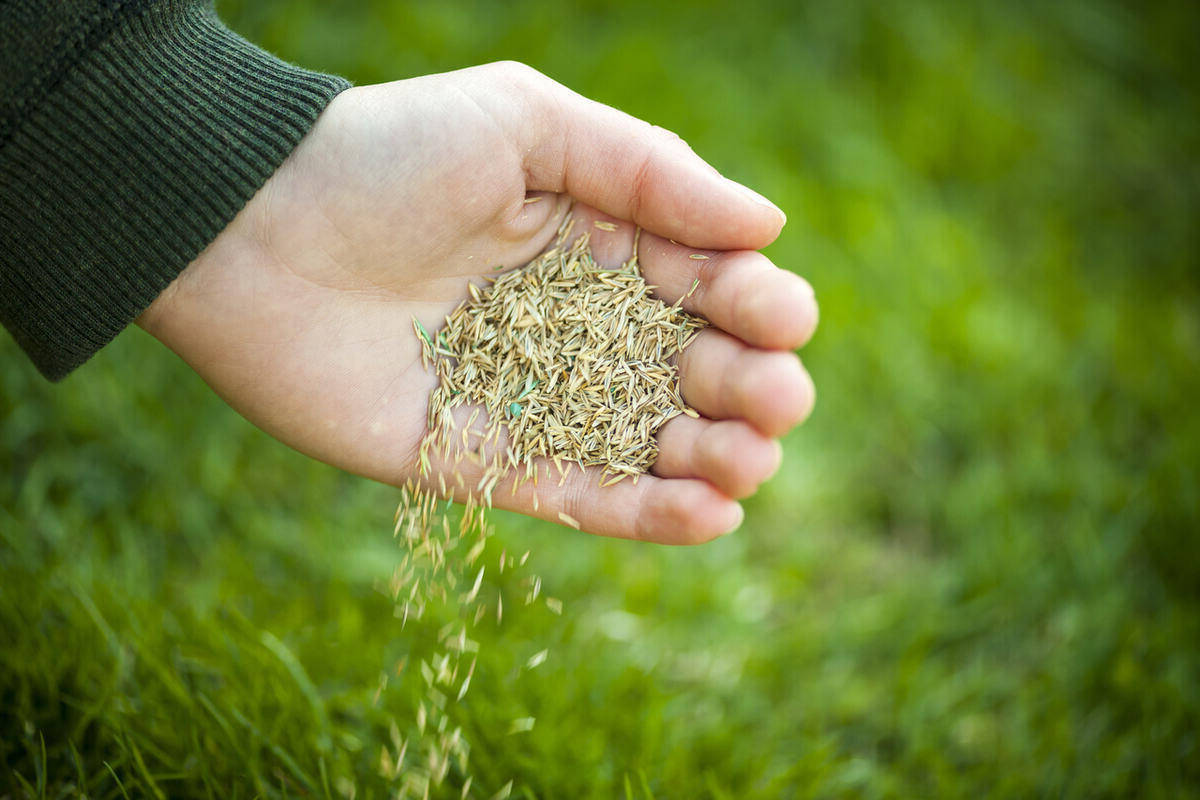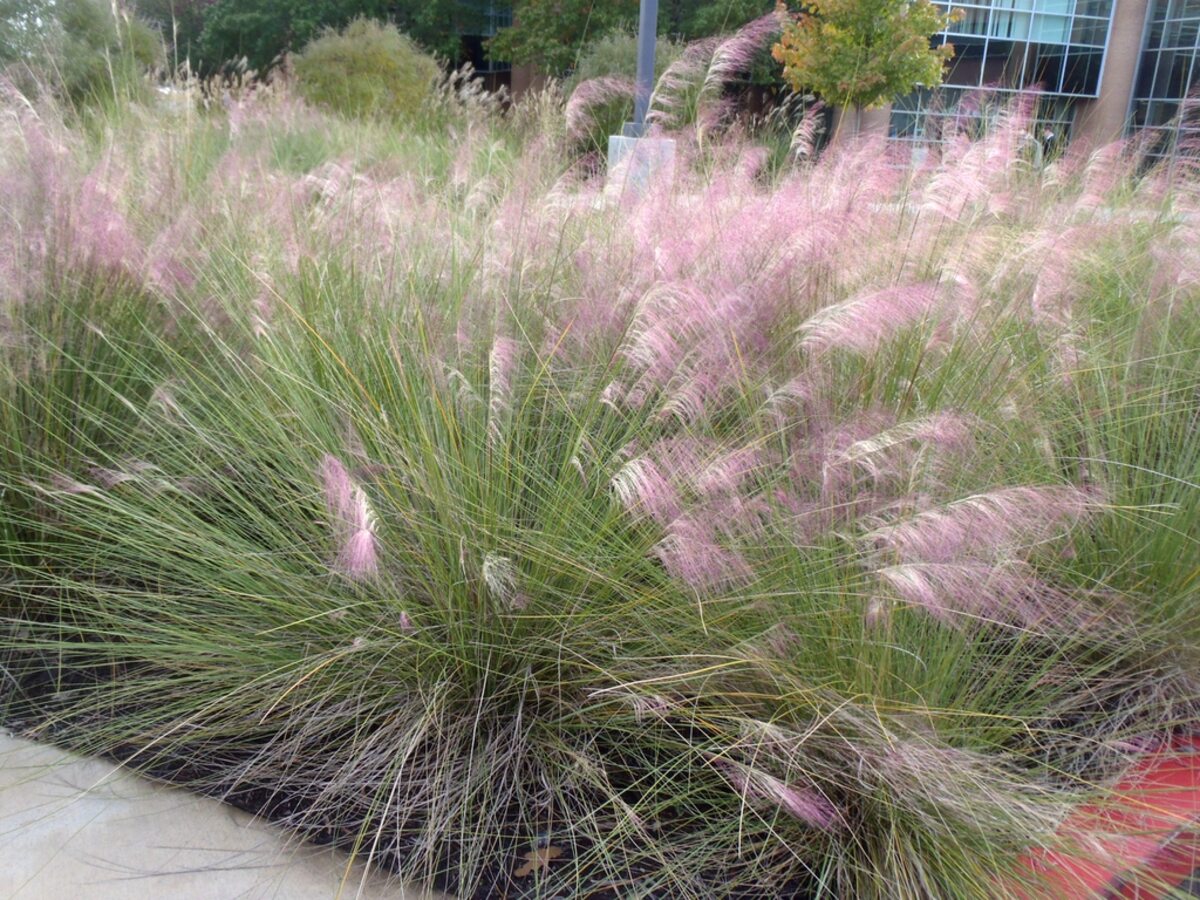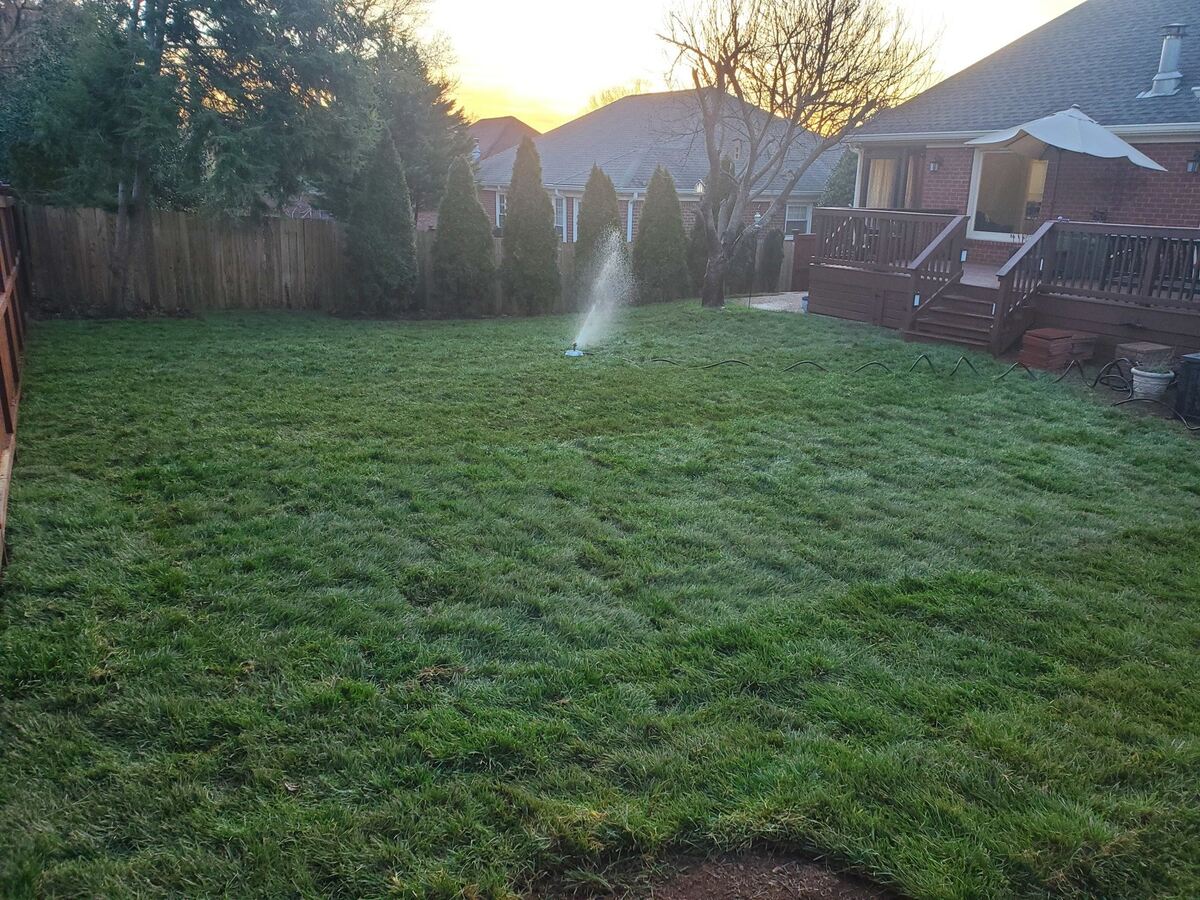Home>Ideas and Tips>When To Overseed Fescue Lawns In North Carolina


Ideas and Tips
When To Overseed Fescue Lawns In North Carolina
Modified: October 29, 2024
Discover the best time to overseed fescue lawns in North Carolina for a lush, green yard. Learn essential tips for optimal results.
(Many of the links in this article redirect to a specific reviewed product. Your purchase of these products through affiliate links helps to generate commission for Storables.com, at no extra cost. Learn more)
Maintaining a lush, green lawn is a dream for many homeowners in North Carolina. One of the most effective ways to achieve this is by overseeding your fescue lawn annually. However, timing is crucial for successful overseeding. In this article, we will delve into the best times to overseed fescue lawns in North Carolina, the importance of proper preparation, and the steps to ensure optimal results.
Understanding Fescue Grass
Before we dive into the specifics of overseeding, it's essential to understand the characteristics of tall fescue grass. Tall fescue is a cool-season grass variety that thrives in cooler temperatures and is more shade-tolerant than warm-season types of grass. It is known for its fine texture and resistance to drought and diseases, making it a popular choice for lawns in North Carolina's diverse climate.
Read more: When To Overseed Lawns
Peak Growing Seasons
Tall fescue grass has its peak growing seasons during the fall and winter. This means that it is at its best during these periods, producing lush green growth and establishing strong root systems. However, summers in North Carolina can be harsh for cool-season lawns, leading to stress and potential damage.
Importance of Overseeding
Overseeding is the process of planting new grass seed over an existing lawn to promote new growth and fill in bare spots. It is an effective way to rejuvenate the lawn, maintain its density, and enhance its overall appearance. Fescue lawns may become thin due to various factors such as foot traffic, hot weather, or diseases. Regular overseeding helps repair these issues and prepares the lawn for a new growing season.
The Best Time to Overseed in NC
Timing is one of the most critical factors when it comes to successful fescue overseeding. In North Carolina, the best time of year for overseeding is around early fall, specifically between September to early October.
Ideal Soil Temperatures
During the early fall, the soil temperature remains warm from summer but begins to cool down. This creates an ideal environment for optimum grass seed germination. At this time, the air temperature is cooler, reducing stress on fescue seeds as they grow.
Read more: When To Sow Grass Seed In North Carolina
Weed Control & Competition
Weeds are less aggressive during the fall, providing newly seeded fescue grass with less competition for nutrients, water, and sunlight. This gives the new lawn a better chance to establish itself before winter arrives. Additionally, in the fall, warm-season grasses begin to transition into dormancy, further reducing competition. The fall allows more time for seed germination so that the new fescue grass is well-established when warm-season grasses begin their growing season in early spring.
Extended Growing Season
By overseeding in the fall, you provide the fescue with enough time to establish strong root systems before the arrival of harsh winter conditions. This allows the grass to survive the winter and flourish through spring.
Fall Seeding vs. Spring Seeding
While spring seeding isn’t impossible, it may not be the best choice for every lawn. Fescue lawns that need more help filling in thin, bare spots will see better long-term results from overseeding in fall. Spring seeding is best used in addition to fall seeding to further fill in bare spots and reinforce the establishment of your new fescue grass.
Another downside to spring seeding is that your lawn will miss important pre-emergent weed control to prevent upcoming summer weeds. Pre-emergent herbicides are designed to stop germination in the soil and would sour your overseeding efforts if applied during this period.
Preparing Your Lawn for Overseeding
Before starting your overseeding process, it's crucial to prepare your lawn properly. Here are some steps you should follow:
Aeration
Core aeration is recommended before overseeding. This process opens up cores in the soil to improve water penetration and seed-to-soil contact. It also encourages strong root systems in your new lawn.
Trimming
Trim your lawn as short as possible without damaging it. This helps ensure that the new seeds have good contact with the soil.
Removing Debris
Remove any debris from your lawn, including dead grass, leaves, and weeds. This helps create an even surface for seeding.
Seeding Rate
Use a typical seeding rate of 6 pounds of seed per 1,000 square feet for tall fescue. Higher seeding rates can result in weak, thin stands that are more susceptible to disease and high temperature stress.
Steps for Overseeding
Once you've prepared your lawn, follow these steps for successful overseeding:
Step 1: Apply Seed
Use a broadcast spreader to evenly distribute the grass seeds across your lawn. Make sure all areas are evenly covered.
Step 2: Watering
After seeding, give your lawn a good soak. Keep the soil consistently moist (but not waterlogged) until the new grass seedlings establish themselves. This may require daily watering, especially if there’s limited rainfall in your area.
Step 3: Aftercare
Following your seeding, consider applying a starter fertilizer to provide nutrients for the new grass seed. Once the new grass reaches a height of about 2.5 to 3 inches, you may start mowing. Avoid removing more than one-third of the grass blades in a single mowing session.
Step 4: Weed Control
Weeds can be addressed with post-emergent weed control once the lawn is fully established. Keep in mind that pre-emergent herbicides should be skipped in the fall when planning to overseed as they would interfere with seed germination.
Additional Tips for Overseeding Success
Here are some additional tips to ensure optimal results from your overseeding efforts:
Selecting the Right Grass Seed
Choose a high-quality fescue seed blend that is well-suited to North Carolina's climate. A blend of two or three cultivars broadens the genetic base and gives the turf a better chance of withstanding various challenges.
Mowing Height
Maintain your fescue lawn at a height of 3.5 inches during the growing season. Never mow it shorter than 2.5 inches as this can stress the grass.
Irrigation
Tall fescue may turn brown but often survives short periods of drought. However, prolonged droughts exceeding three weeks can cause some loss of grass. To maintain a green lawn, it is best to irrigate during periods of drought if possible.
Conclusion
Overseeding your fescue lawn in North Carolina during the early fall offers numerous benefits. The ideal soil temperatures, reduced weed competition, and extended growing season all contribute to successful germination and establishment of new grass seedlings. By following these steps and tips outlined above, you can ensure that your lawn remains lush and green throughout the year.
If you're still unsure about when the best time to plant grass seed is or need help with planting your grass seed this year, consider consulting professional lawn care services in your area. With proper timing and preparation, you can achieve a beautiful, healthy lawn that thrives in North Carolina's diverse climate.
References:
- NC State Extension – TurfFiles: "Time to Seed!"
- Triangle Lawns: "When To Plant Grass Seed In NC"
- Eastern Turf Maintenance: "When to Overseed a Fescue Lawn in NC"
- NC State Extension Publications: "9. Lawns"
- Turf Brothers Lawn Care: "Our Guide to Fescue Overseeding in Charlotte"
Was this page helpful?
At Storables.com, we guarantee accurate and reliable information. Our content, validated by Expert Board Contributors, is crafted following stringent Editorial Policies. We're committed to providing you with well-researched, expert-backed insights for all your informational needs.











0 thoughts on “When To Overseed Fescue Lawns In North Carolina”